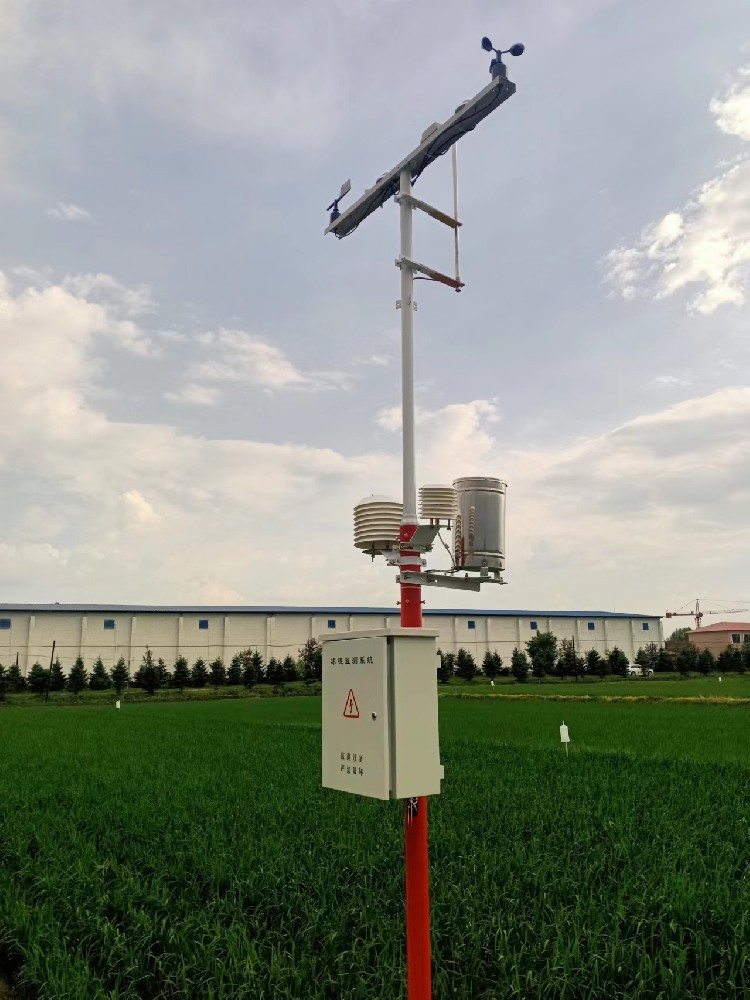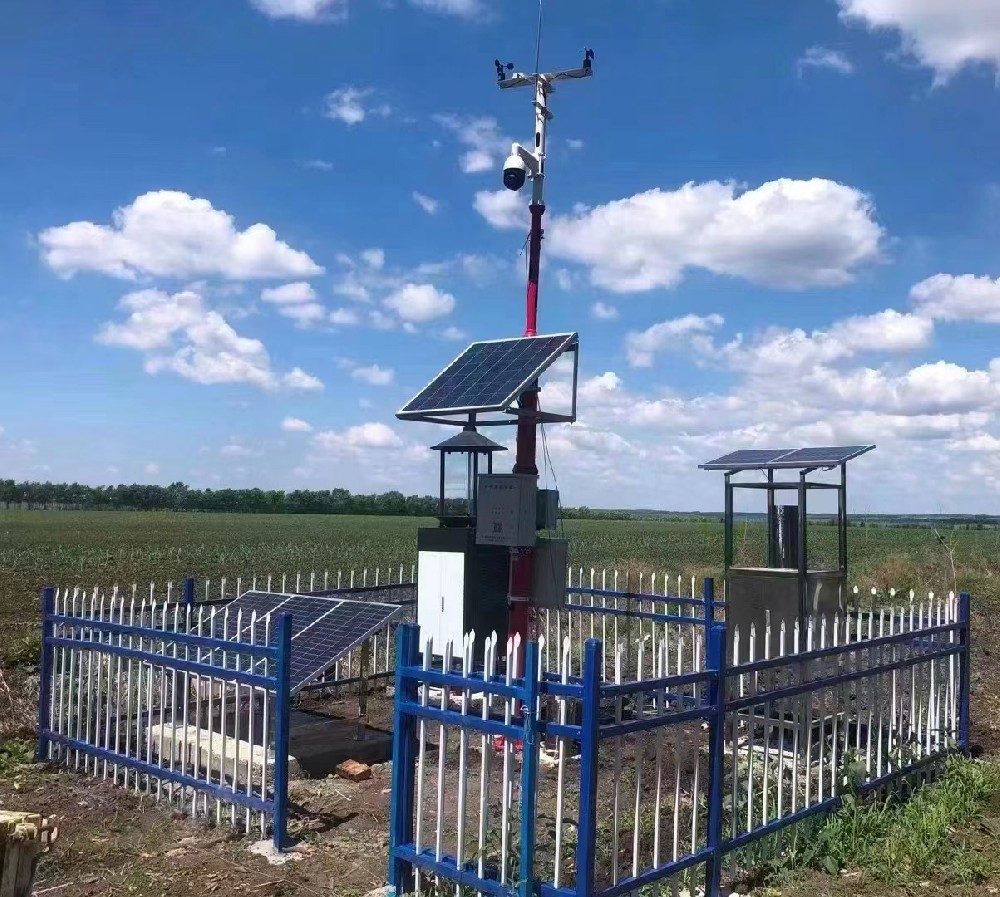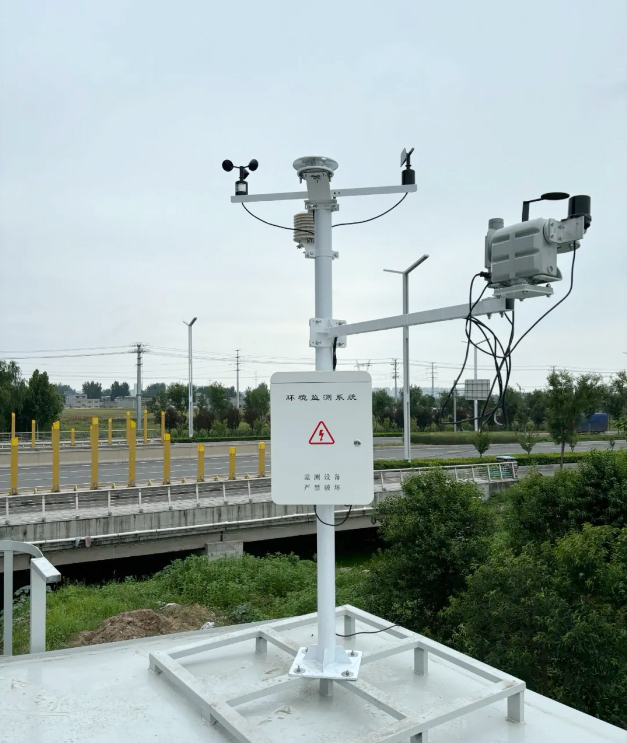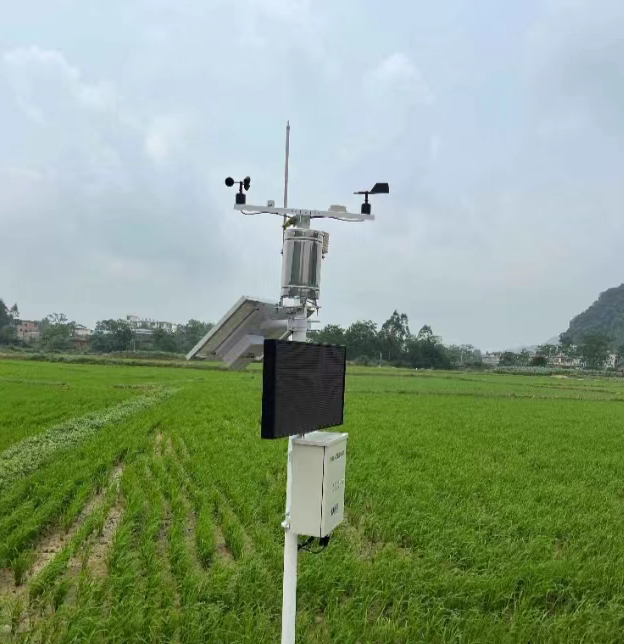

— Blogs —
—Products—
 Consumer hotline +8618073152920
Consumer hotline +8618073152920 WhatsApp:+8615367865107
Address:Room 102, District D, Houhu Industrial Park, Yuelu District, Changsha City, Hunan Province, China
Product knowledge
Time:2024-11-24 15:22:45 Popularity:222
In the field of weather monitoring, commercial weather stations have gained widespread attention for their flexibility and efficiency. However, with various weather stations available at different heights—such as 2.5 meters, 3.5 meters, and 10 meters—many customers are often confused when selecting the right one. Each height has its own characteristics and ideal use cases, so choosing the right station for your specific needs is crucial. This article will explain the features and applications of these three types of commercial weather stations, helping you make an informed decision.
- Lightweight and easy to carry: The stainless steel tripod design is easy to store and move, making it suitable for quick deployment.
- Highly portable: The compact support frame is convenient for transportation, making it ideal for temporary outdoor monitoring or situations requiring frequent relocation.
- Farms: Used to monitor agricultural environments such as temperature, humidity, and wind speed, helping farmers optimize planting strategies.
- Schools: Provides a practical demonstration of weather observation processes and data analysis methods for educational purposes.
- Research Projects: Suitable for short-term research, allowing for quick setup and removal.
- Close-range observation and teaching: Ideal for agricultural environment monitoring and student education.
- High flexibility: Perfect for environments where frequent relocation is necessary or where space is limited.
- Moderate height: Balances the robustness of the 10-meter station with a more manageable height, making it suitable for various research and educational needs.
- Stable structure: Constructed with high-strength materials to ensure stable long-term operation.
- Campus Weather Stations: The moderate height makes it easier for students to understand the structure and operation of meteorological instruments, ideal for educational purposes.
- Agricultural Monitoring: Monitors farm environments and provides more detailed weather data.
- Research Projects: Suitable for medium- to long-term research, providing reliable data support.
- Practical for both education and research: Suitable for a variety of educational and research applications while maintaining a professional level of functionality.
- Stable structure: Ideal for long-term operation, offering high data reliability.

- Tall and wind-resistant: Made from metal or alloy materials and equipped with six guy wires to enhance stability.
- Wide monitoring range: The taller height minimizes interference from ground structures or trees, providing more comprehensive and accurate weather data.
- Agricultural Monitoring: Monitors crop growth conditions such as temperature, humidity, and wind speed to help farmers optimize crop management.
- Forest Fire Monitoring: Monitors weather conditions in forests, predicting fire danger levels and providing early warnings.
- Environmental Monitoring: Tracks air quality, including pollutants like PM2.5, PM10, and greenhouse gas emissions, supporting climate change research and environmental protection.

- Meteorological Research: Used for basic meteorological research, collecting data from different atmospheric layers and analyzing climate change trends to provide real-world observation data for climate models.
- Airport Weather Services: Provides real-time data on wind speed, wind direction, temperature, etc., to ensure flight safety and assist in flight scheduling.
- Marine Weather Observations: Monitors weather conditions at the land-sea boundary in coastal areas, providing vital weather information for marine activities and analyzing land-sea wind variations to benefit fisheries and offshore operations.
- Urban Planning: Supplies weather data such as wind speed and temperature distribution to guide urban planning, including microclimate assessments and green space and ventilation design.
- Traffic Monitoring: Monitors weather conditions in critical traffic areas like highways and bridges, providing early warnings about the impact of adverse weather on traffic.
- Energy Management: In wind farms and solar power stations, it monitors wind speed, sunlight, and other data to optimize energy utilization efficiency.
- Disaster Warning: Provides meteorological monitoring and early warnings in areas prone to natural disasters, such as flash floods or landslides.
- Wide monitoring range: Reduces interference from ground obstacles and provides comprehensive data coverage.
- High data accuracy: Ideal for professional settings requiring high-precision, long-term monitoring.
When selecting a commercial weather station, you should first consider your specific needs and use cases. Here are the key factors to consider when making your choice:
- Research and Education: A 3.5-meter weather station is ideal for educational and medium-term research projects.
- Agricultural Monitoring: A 2.5-meter or 3.5-meter weather station is suitable for farm monitoring.
- Professional Monitoring: A 10-meter weather station is ideal for large-scale, high-precision monitoring in professional settings.
- Terrain and Building Distribution: Consider the terrain and layout of the installation site to determine the required height.
- Climate Conditions: For windy or harsh environments, opt for the more wind-resistant 10-meter station.
- Frequent Movement: The 2.5-meter portable weather station is more suitable.
- Fixed Location: The 3.5-meter or 10-meter weather stations are better for long-term monitoring in a fixed location.
- Local Precision Measurements: The 2.5-meter or 3.5-meter weather stations are ideal for precise local measurements.
- Wide Coverage Monitoring: The 10-meter weather station is perfect for large-scale, high-accuracy monitoring.
- Maintenance Costs: Weather stations of different heights and functions have varying maintenance costs, so consider the long-term upkeep.
- Budget: Choose the weather station that fits your budget based on your requirements.

The price of commercial weather stations varies depending on factors like model, configuration, brand, and additional features. Here’s an overview of the price range for different height weather stations:
- Applications: Farms, schools, research projects.
- Price: Prices range from a few thousand to tens of thousands of yuan, depending on configuration and brand. For example, some 2.5-meter weather stations might cost between ¥5,000 and ¥10,000 (700-1400 USD), while high-end or custom models could be more expensive.
- Applications: Campus weather stations, educational purposes, agricultural monitoring.
- Price: Typically priced slightly higher than the 2.5-meter model, with prices varying based on specific configurations, brands, and additional features.
- Applications: Forest fire monitoring, airports, atmospheric research.
- Price: Due to its taller mast and more complex design, the 10-meter weather station is generally more expensive, ranging from several tens of thousands to over one hundred thousand yuan (1000-8000 USD), depending on configuration, materials, and brand.

- Brand and Quality: Well-known brands with high-quality weather stations tend to be more expensive but usually offer better performance and durability.
- Configuration and Features: Additional sensors, higher precision measurement equipment, wireless data transmission, and other features can increase the cost.
- Customization: Custom weather stations with specific specifications or features may have a higher price.
- Quantity and Shipping: Purchasing in bulk may reduce the unit price, while shipping costs and distance could also influence the total price.
Choosing the right commercial weather station involves considering several factors, such as your application, monitoring needs, portability, and stability. By understanding the features and applications of different height weather stations, you can make a clearer decision based on your specific requirements. Whatever station you choose, make sure it meets your monitoring needs and provides reliable, accurate weather data.
1. Determine your application and data transmission needs.
2. Evaluate your budget and network coverage.
3. Consider data volume and environmental factors.
4. Compare maintenance and management needs of different transmission methods.
5. Make a comprehensive decision and select the most suitable transmission method.
Through this analysis and decision-making process, you can ensure that the weather station you choose will meet your current needs and be adaptable to future developments. We hope this article helps you select the best commercial weather station for your requirements.
Related recommendations
Sensors & Weather Stations Catalog
Agriculture Sensors and Weather Stations Catalog-NiuBoL.pdf
Weather Stations Catalog-NiuBoL.pdf
Related products
 Combined air temperature and relative humidity sensor
Combined air temperature and relative humidity sensor Soil Moisture Temperature sensor for irrigation
Soil Moisture Temperature sensor for irrigation Soil pH sensor RS485 soil Testing instrument soil ph meter for agriculture
Soil pH sensor RS485 soil Testing instrument soil ph meter for agriculture Wind Speed sensor Output Modbus/RS485/Analog/0-5V/4-20mA
Wind Speed sensor Output Modbus/RS485/Analog/0-5V/4-20mA Tipping bucket rain gauge for weather monitoring auto rainfall sensor RS485/Outdoor/stainless steel
Tipping bucket rain gauge for weather monitoring auto rainfall sensor RS485/Outdoor/stainless steel Pyranometer Solar Radiation Sensor 4-20mA/RS485
Pyranometer Solar Radiation Sensor 4-20mA/RS485
Screenshot, WhatsApp to identify the QR code
WhatsApp number:+8615367865107
(Click on WhatsApp to copy and add friends)